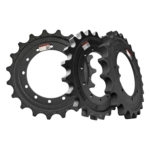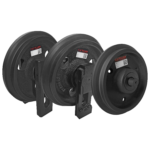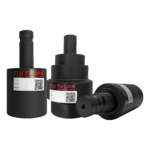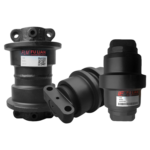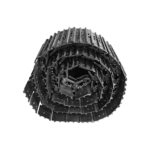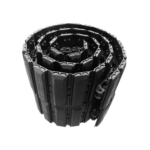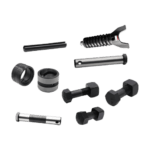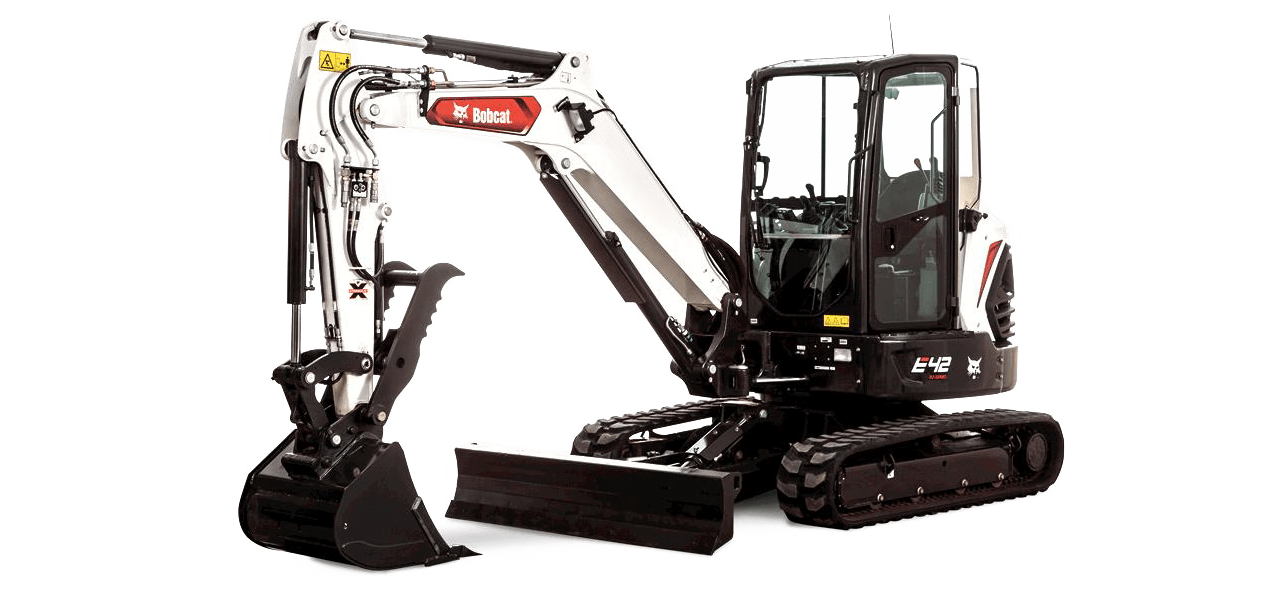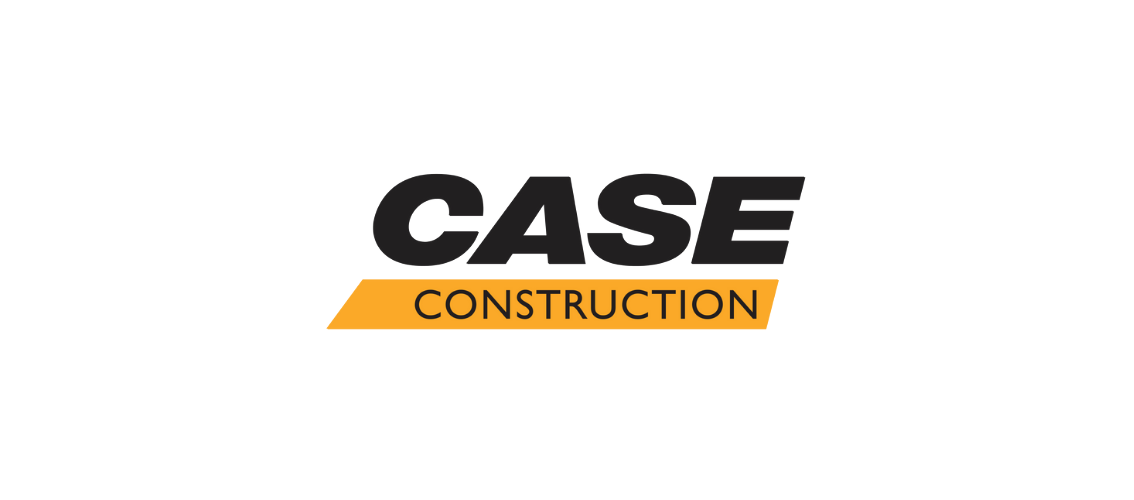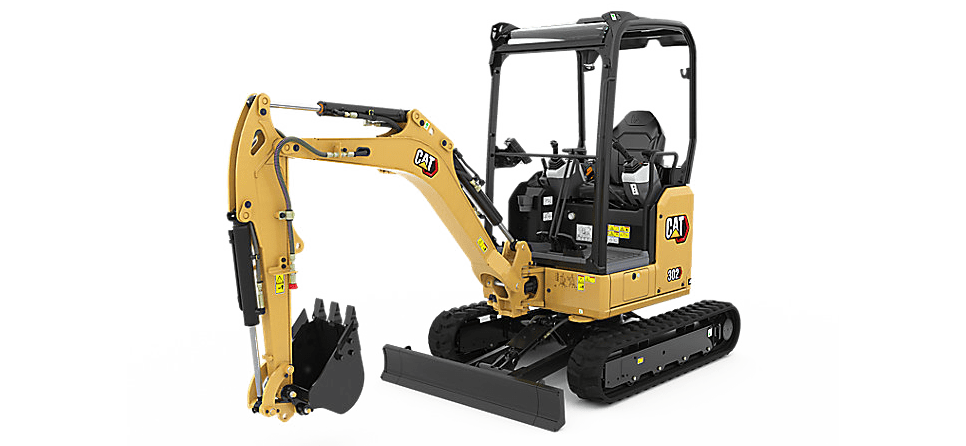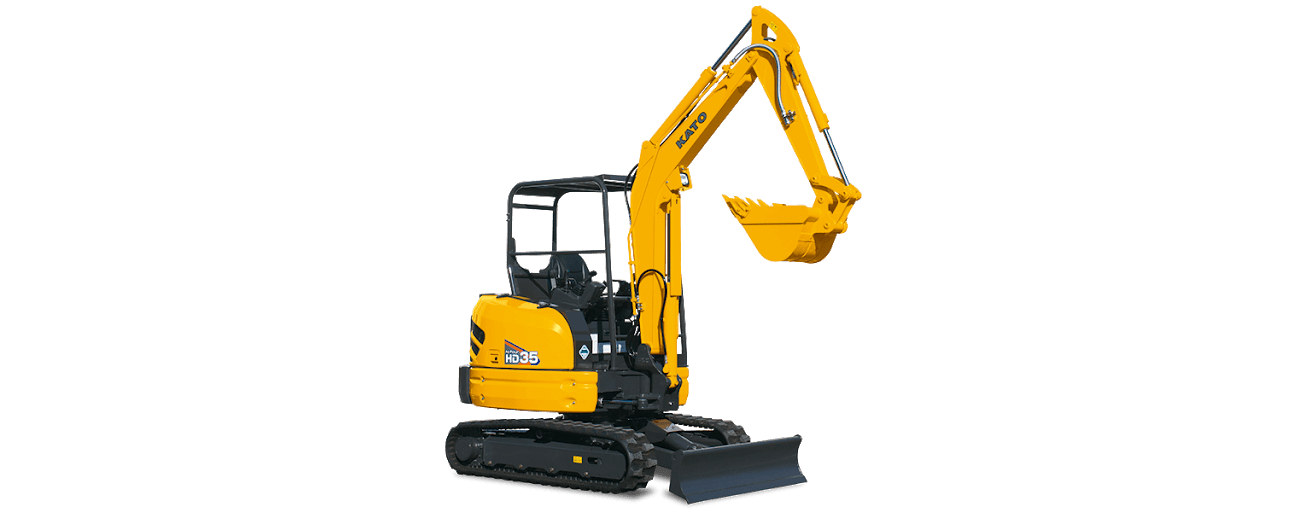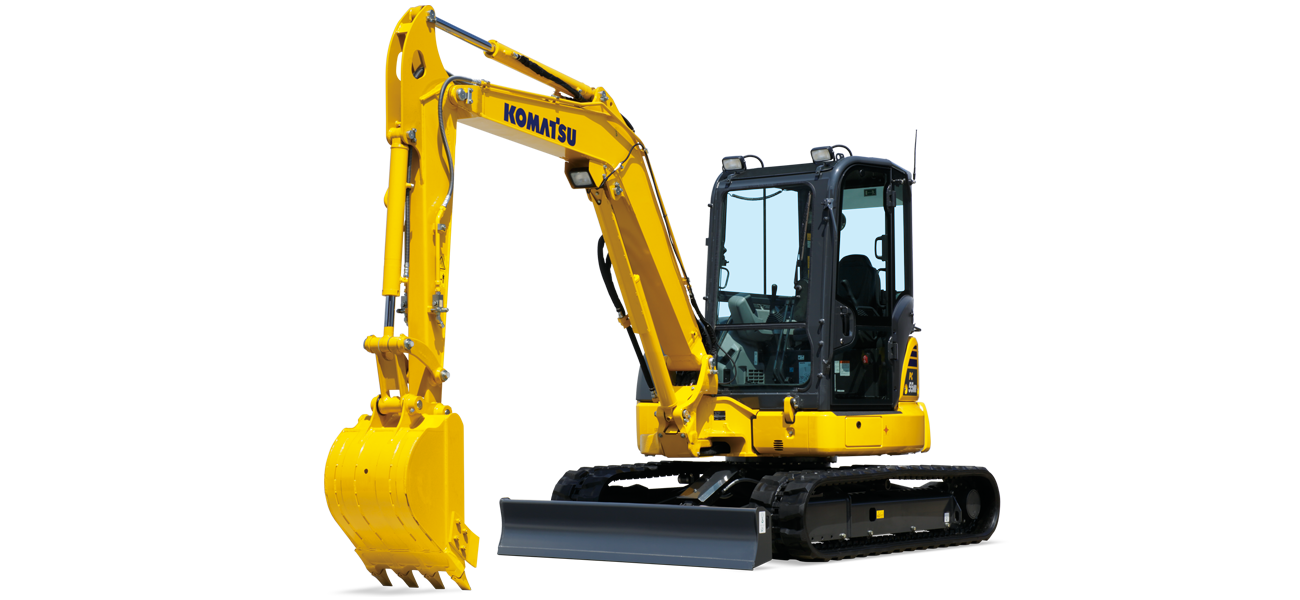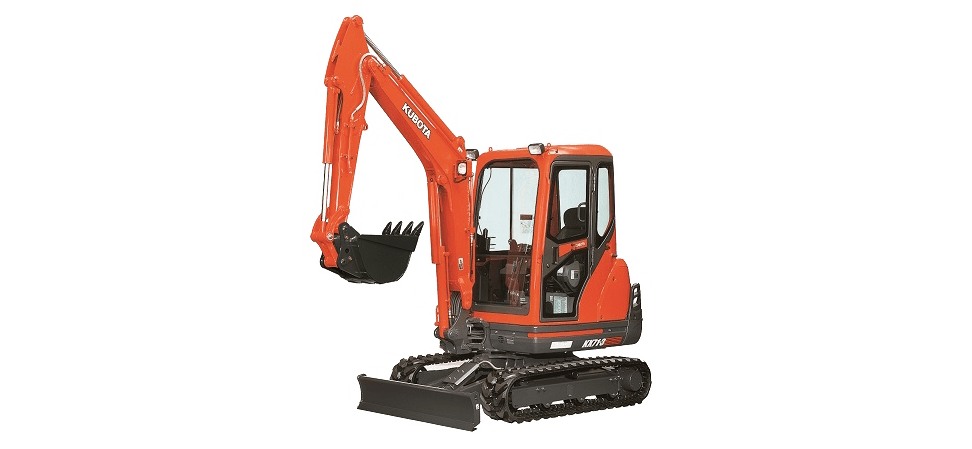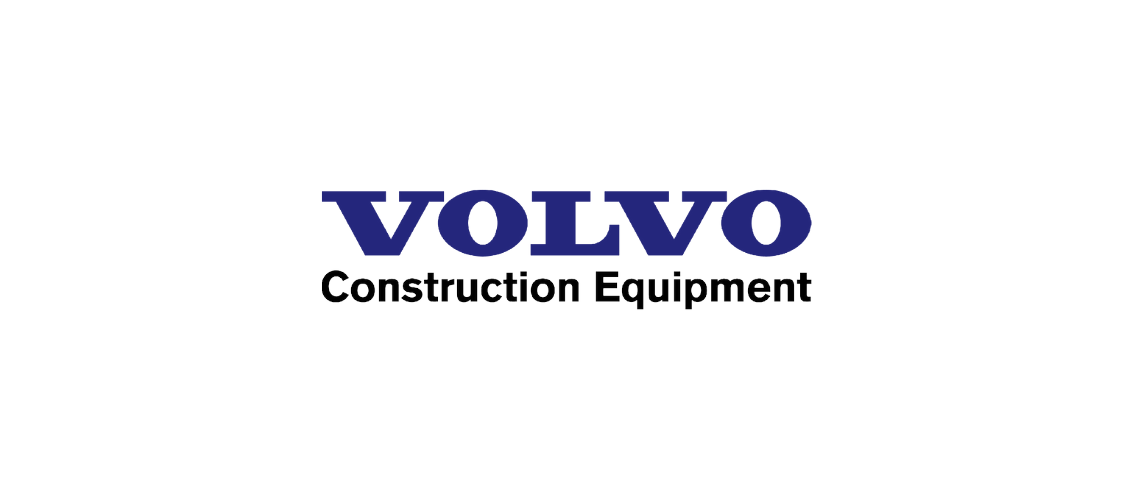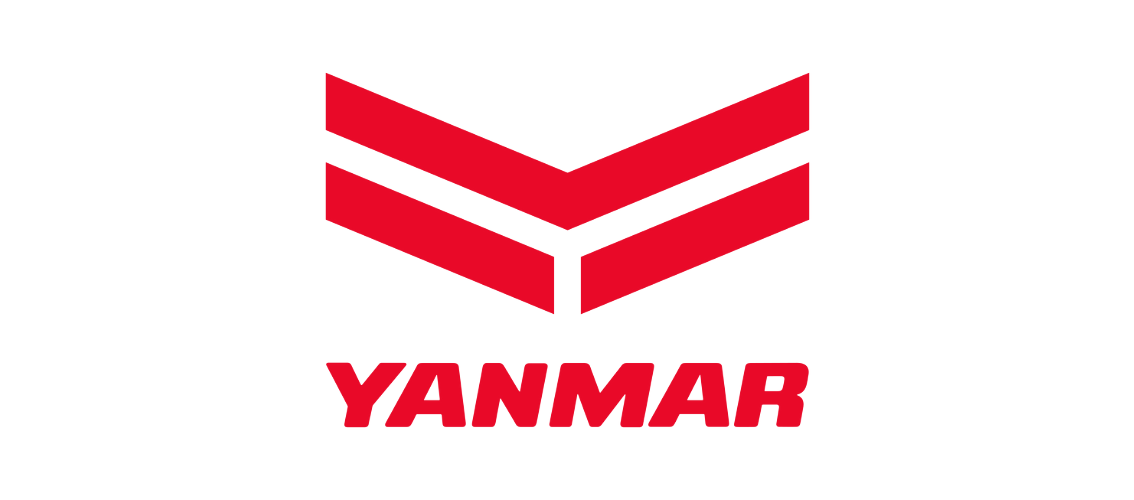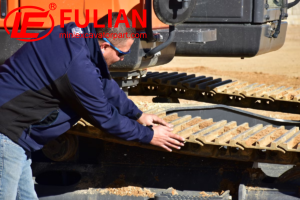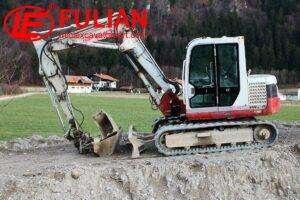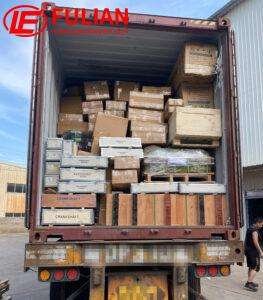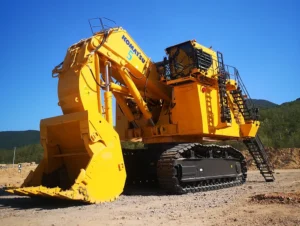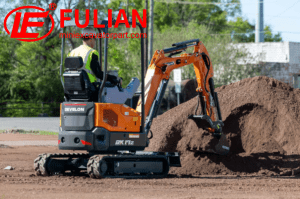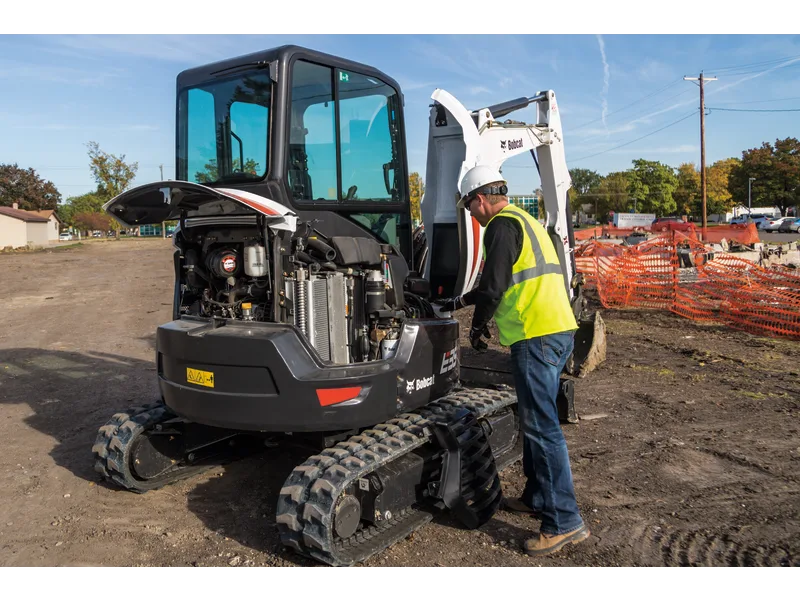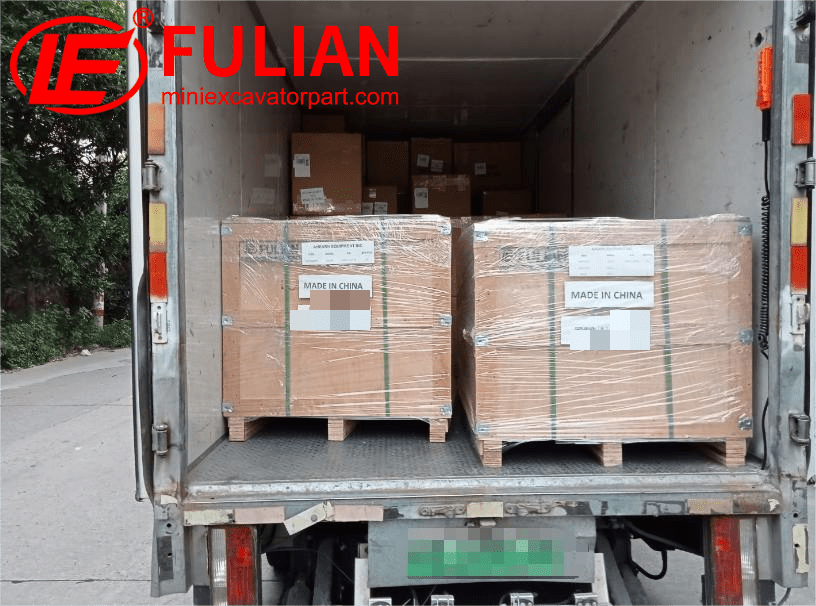Installing an idler on a Bobcat is a technical task that involves precision and knowledge of your specific machinery. The process generally consists of the following steps:
- Compatibility Check: Begin by confirming the idler is compatible with your specific Bobcat model. Mismatched parts can lead to premature wear, malfunction, or damage. Use the serial number of your Bobcat to acquire the correct idler model.
- Safety Precautions: Prioritize safety by parking the Bobcat on a flat, stable surface and turning off the engine. Lockout/tag-out procedures should be followed to prevent accidental startups.
- Track Tension Release: Relieve the tension in the track by retracting the track tension cylinder. This will often involve loosening a grease valve and allowing tension to decrease until the track hangs loose.
- Removal of Old Idler: If an old idler is present, remove any covers or guards obstructing access. Then remove the retainer pins or bolts holding the idler in place. Carefully extract the idler, noting any wear patterns that may indicate alignment or other issues.
- Installation of New Idler: Place the new idler into position, taking care to align it with the mounting points correctly. Secure the idler with new hardware if available, and tighten to manufacturer-recommended torque settings.
- Track Tension Adjustment: Reapply tension to the track by extending the track tension cylinder. Monitor the track sag, aligning with the recommended settings for your model. Proper tension is critical for operation and will affect the new idler’s longevity.
- Final Inspection and Testing: After installation, inspect the setup thoroughly to ensure everything is seated properly. Run the machine at a low speed to verify that the idler and track move smoothly without unusual noises or vibrations.
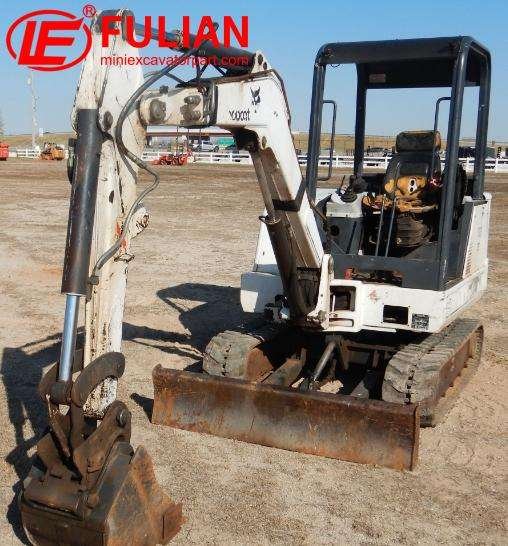
The primary compatibility concern when installing a new idler is ensuring that the part is designed for your particular model of Bobcat. An incorrect idler can lead to a multitude of issues, including improper fit—leading to excessive movement or binding under operation, uneven wear on the tracks and undercarriage components, and could severely impact the Bobcat’s performance. It may also void warranties or lead to safety hazards due to malfunctioning during use.
Always reference the Bobcat’s user manual for specifications or consult with a certified technician. Using non-original parts may fit initially but could cause long-term damage due to discrepancies in design or material quality, which affects durability. Avoid this risk by using only OEM (Original Equipment Manufacturer) or equivalent aftermarket parts approved for your machine. It may also be wise to source parts from reputable suppliers with a proven track record of compatibility and quality.
Fulian Operation Team
2024.4.21

